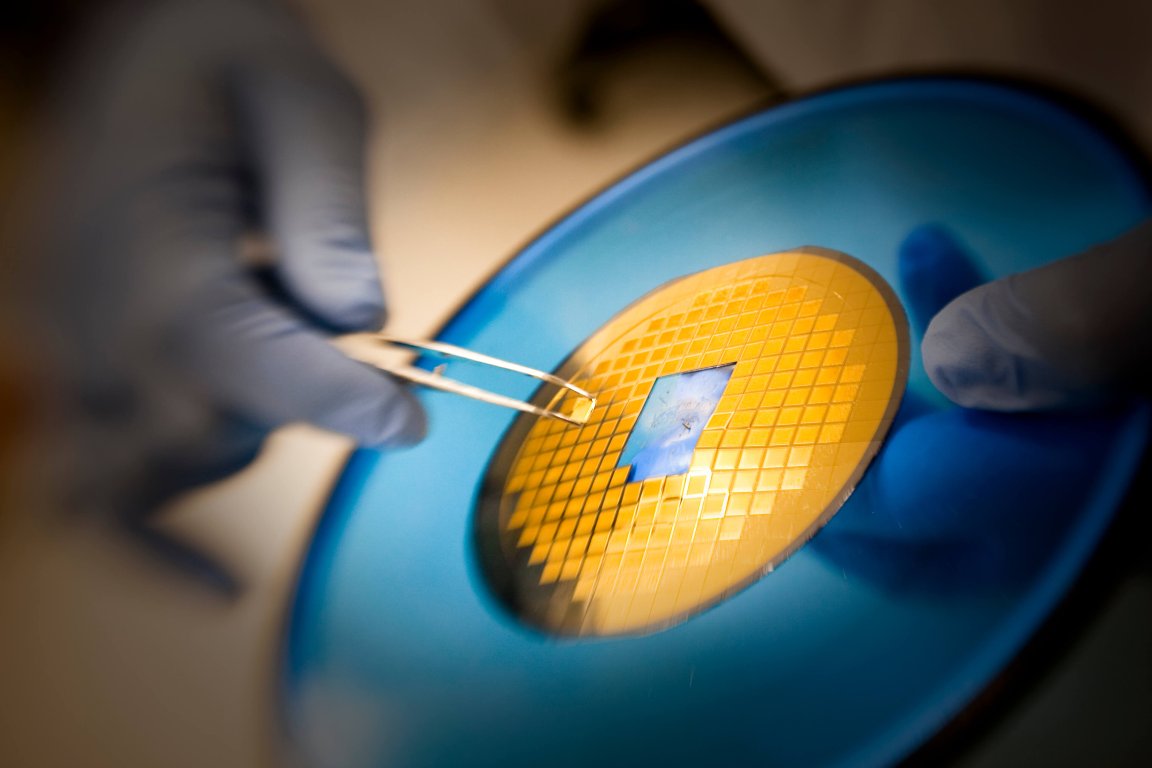
The Nanopatch
Thanks to vaccines, the number of polio cases has decreased by 99% since 1988. In 2016, there were 37 reported cases, compared to a staggering 350,000 29 years ago. But, while significant progress has been made, there is still work to be done to officially eradicate the disease. But a new method, the Nanopatch — a microscopic technique for delivering vaccines — could eliminate polio forever.
Thanks to funding from the World Health Organization (WHO), researchers led by University of Queensland (UQ) bioscience experts, including the patch inventor Professor Mark Kendall, have developed the Nanopatch, which more effectively battles poliovirus than traditional vaccines delivered through needles/syringes.

According to the head of UQ’s School of Chemistry and Molecular Biosciences’ professor Paul Young, “Polio was one of the most dreaded childhood diseases of the 20th century, resulting in limb disfigurement and irreversible paralysis in tens of millions of cases…[T]his most recent study showed the Nanopatch enhanced responses to all three types of inactivated poliovirus vaccines (IPV) – a necessary advancement from using the current live oral vaccine…[W]e are extremely grateful to the WHO for providing funding to Vaxxas Pty Ltd, the biotechnology company commercialising the Nanopatch. The support specifically assists pre-clinical studies and good manufacturing practices.”
Advancing Vaccines
According to the patch’s inventor, “It targets the abundant immune cell populations in the skin’s outer layers, rather than muscle, resulting in a more efficient vaccine delivery system…[T]he ease of administration, coupled with dose reduction observed in this study suggests that the Nanopatch could facilitate inexpensive vaccination of inactivated poliovirus vaccines.”
Because it is so effective and cost-effective, this patch truly has the potential to eradicate polio once and for all. It is a terrible, debilitating disease and any number of cases is too many. But, besides potentially ridding the world of polio, the Nanopatch could forever change how vaccines are administered.
The Nanopatch was developed with polio, specifically, in mind. However, this technology has the potential to be applied to a whole host of other diseases. Lifesaving vaccines are unfortunately not available everywhere in the world. This is due to many factors, including cost, transportation, and specific requirements for how vaccines must be kept (temperature, etc.). Vaccines delivered through the Nanopatch, however, would both be more effective, less costly, and potentially easier to transport and store.
It might be easy to take the availability of vaccines for granted, but their indispensable, life-saving properties are truly remarkable, and this new delivery method could, if they became mainstream, make vaccines available for all in a remarkable way.
In the words of Vaxxas chief executive officer David Hoey, “The research we are undertaking in conjunction with UQ and WHO can improve the reach of life-saving vaccines to children everywhere.”